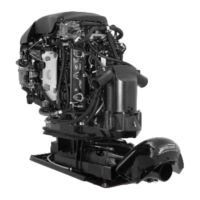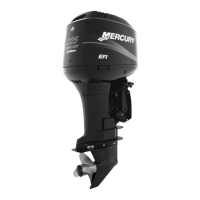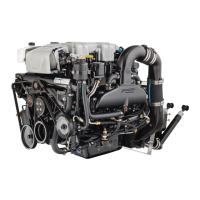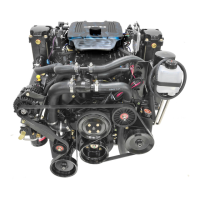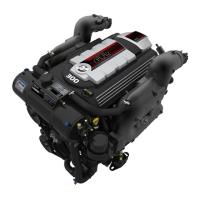Wave and Wake Jumping
Operating recreational boats over waves and wake is a natural part of boating.
However, when this activity is done with sufficient speed to force the boat hull
partially or completely out of the water, certain hazards arise, particularly when
the boat enters the water.
The primary concern is the boat changing direction while in the midst of the
jump. In such case, the landing may cause the boat to veer violently in a new
direction. Such a sharp change in direction can cause occupants to be thrown
out of their seats, or out of the boat.
!
WARNING
Wave or wake jumping can cause serious injury or death from occupants
being thrown within or out of the boat. Avoid wave or wake jumping whenever
possible.
There is another less common hazardous result from allowing your boat to
launch off a wave or wake. If the bow of your boat pitches down far enough
while airborne, upon water contact it may penetrate under the water surface
and submarine for an instant. This will bring the boat to a nearly instantaneous
stop and can send the occupants flying forward. The boat may also steer
sharply to one side.
Stopping the Boat in an Emergency
Your jet‑powered boat has emergency stopping capability unique to this form of
propulsion.
In an emergency, shift the jet drive into reverse and apply the throttle to rapidly
slow down the boat and reduce the stopping distance. Keep in mind, however,
that such a maneuver may cause occupants in the boat to be thrown forward or
even out of the boat.
GENERAL INFORMATION
eng 23

